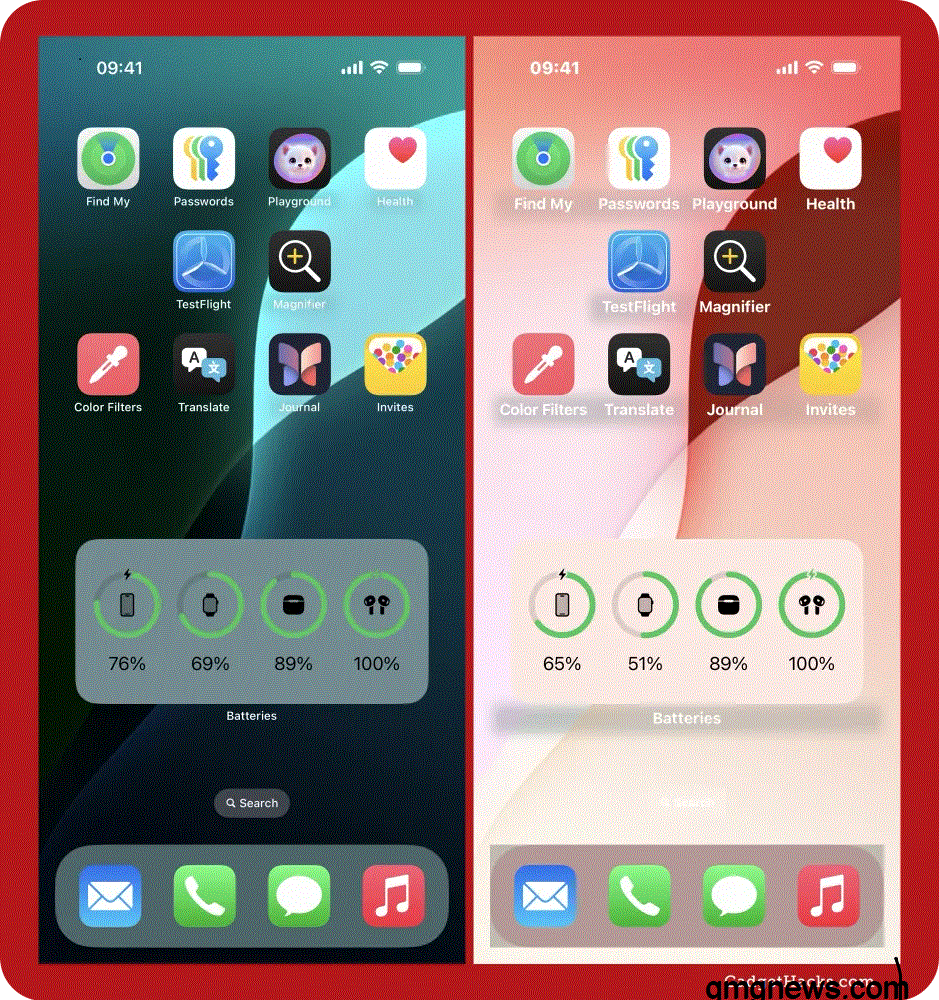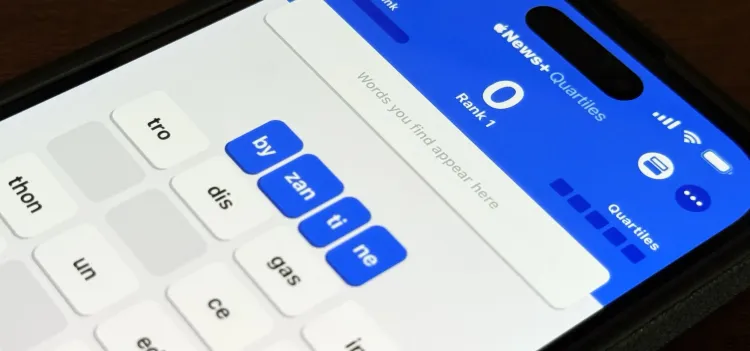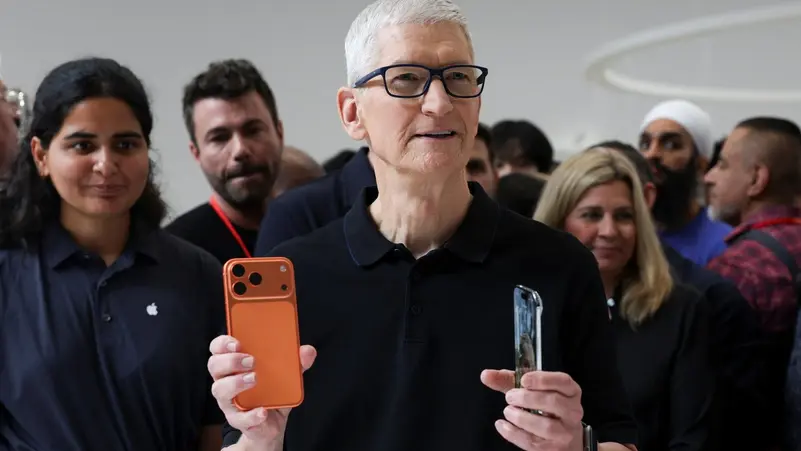Is AI Threatening Your Career? A Look at the 2025 Layoffs
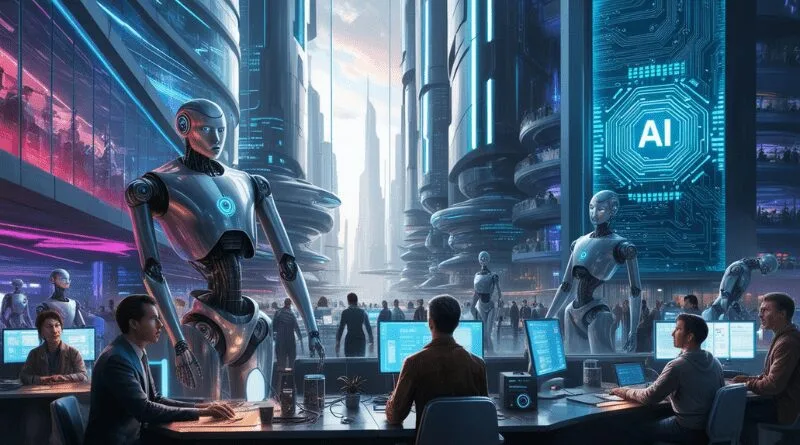
What goes around, comes around. This appears to be the current struggle facing employees at leading technology companies like Amazon, Meta, and Microsoft, after artificial intelligence (AI) took over many of their jobs, leaving them vulnerable to layoffs under the pretext of cost-cutting.
More efficient and less costly, AI is performing many tasks, such as customer service and Interactive Voice Response, and has become the arbiter of human resources, selecting the right person for the job.
This has prompted major companies to restructure their spending, shifting toward technological infrastructure, and supporting and developing ArtificialIntelligence.
Companies have laid off employees to support artificial intelligence
Major companies that have laid off large numbers of employees to support artificial intelligence
MicrosoftLayoffs:
The company announced the layoff of approximately 9,000 employees in July 2025, focusing on cost reductions due to massive investments in artificial intelligence. The company had previously laid off 6,000 employees early in the same year, including game developers, claiming that AI systems had replaced them in some tasks.
MetaLayoffs
Meta laid off 11,000 employees in November 2022 and further reduced its workforce by an additional 5% in 2025, claiming to focus on improving efficiency through artificial intelligence, particularly in areas such as virtual reality and logistics. Mark Zuckerberg stated that these cuts are aimed at improving performance by leveraging artificial intelligence.
AmazonLayoffs
Amazon laid off 18,000 employees in early 2023 and has since continued to reduce its workforce across various departments. The company indicated that artificial intelligence and automation are playing a role in reducing the need for some jobs, particularly in e-commerce and cloud services.
IntelLayoffs
One of the technology companies that has laid off massive numbers of employees in recent years due to artificial intelligence and competitive challenges in the semiconductor market. In August 2024, Intel announced the layoff of approximately 15,000 employees, out of a workforce of approximately 125,000 at the time. In July 2025, Intel announced additional layoffs ranging from 15% to 20% of its Intel Foundry workforce, potentially affecting more than 10,000 employees worldwide. These cuts were particularly focused on the 20,000-employee Oregon manufacturing unit, the heart of the company’s manufacturing operations.
Other tech companies have laid off employees in favor of AI
The AIJobCuts has affected several major companies, most notably:
Google: Google laid off 12,000 employees in 2023, then announced hundreds more layoffs in 2025, indicating a redirection of resources toward AI technologies.
IBM: In 2023, CEO Arvind Krishna revealed plans to lay off about a third of its administrative workforce over several years, as these positions have become redundant due to AI and automation.
CrowdStrike: In 2025, the company announced layoffs of 5% of its workforce, citing “AI efficiency” as a contributing factor.
Dropbox and Duolingo: These companies cited AI as one of the reasons for the layoffs, as AI technologies have helped automate tasks like content production and app development.
According to the World Economic Forum’s 2025 report, 41% of companies plan to reduce their workforce by 2030 due to the automation of tasks using artificial intelligence, with a focus on retraining employees to work alongside these technologies.
Jobs where artificial intelligence has replaced humans
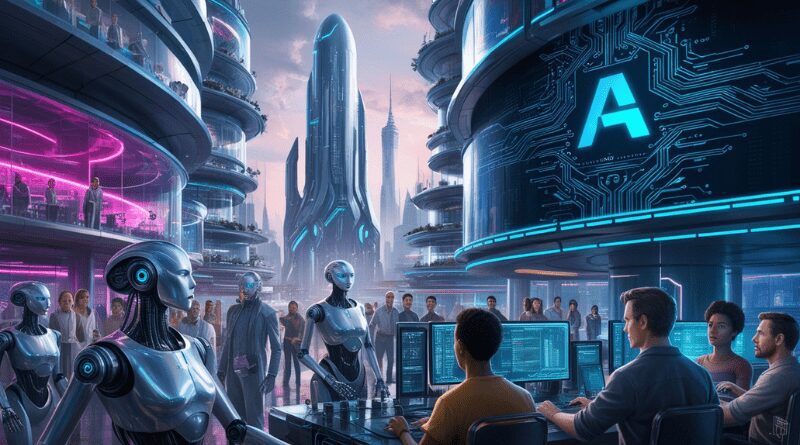
Artificial intelligence (AI) has automated many tasks, causing humans to be replaced in certain jobs or reduce the need for them in various sectors. Below is a list of the most important jobs significantly impacted by AI:
Data entry and processing jobs:
Such as entering information into databases or processing forms.
Optical character recognition (OCR) technologies, machine learning systems, tools like natural language processing (NLP), and automation software like UiPath and Automation Anywhere have enabled AI to replace human workers in these tasks.
Customer service:
Such as answering customer inquiries via phone or chat, providing technical support, or handling complaints. Many companies have outsourced these tasks to AI-powered chatbots (such as ChatGPT or Zendesk AI) and interactive voice response (IVR) systems.
Content writing and routine journalism:
such as writing simple news reports, promotional articles, or social media content. Generative AI tools like Grok from xAI, Jasper, and Copy.ai can produce written content quickly and at a lower cost.
Manufacturing and assembly jobs:
Such as assembling electronic devices or packaging products. Industrial robots integrated with AI are performing these tasks in factories like Foxconn, replacing tens of thousands of workers with AI-powered robots.
Translation and proofreading:
Translating texts or reviewing content to ensure linguistic accuracy. Tools like Google Translate and DeepL have become highly accurate, reducing the need for human translators for basic tasks. Tools like Grammarly also use AI to automatically proofread texts.
Administrative and clerical support jobs:
such as scheduling appointments, managing correspondence, or organizing documents are being outsourced to AI using tools like Microsoft Power Automate.
Basic data analysis:
Such as financial reporting or customer data analysis, where AI tools like Tableau and Power BI analyze data and automatically generate reports.
Basic programming:
Writing simple code or conducting routine software tests, a task that tools like GitHub Copilot and Codeium can handle.
Transportation and logistics tasks:
Such as driving vehicles or managing warehouses using autonomous vehicles like Tesla or Waymo trucks and the AI-powered warehouse management systems used by Amazon.
Routine digital marketing tasks:
Such as manually managing ad campaigns or search engine optimization (SEO). Tools like Google Ads and HubSpot can use AI to automatically optimize campaigns.
Jobs at Risk of AI Displacement
The jobs most vulnerable to AI replacement are those involving repetitive and predictable tasks, where AI can replace humans more efficiently and at a lower cost.
Relatively Protected Jobs: Jobs that require creativity, critical thinking, or deep human interaction, such as creative and artistic design, scientific research, innovation, and investigative journalism, remain less affected, FutureOfJobs.

